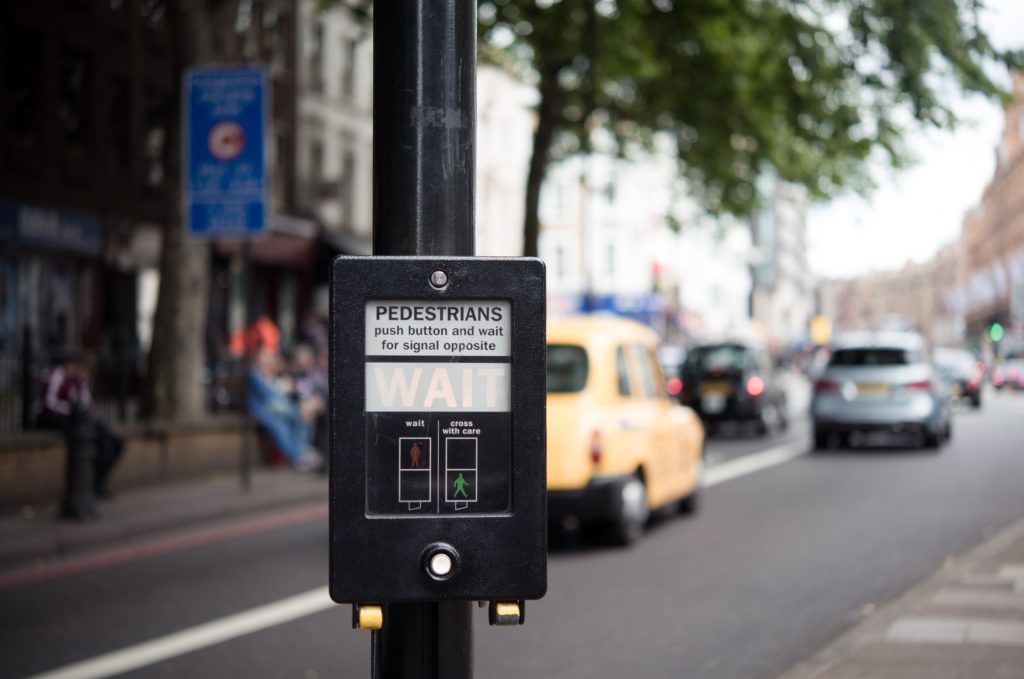A positive friction experience – car parking app
Car parking apps have quickly become an expected necessity (when not in lock-down), at least for me. Importantly, they save me from having to use ticket machines, which continue to fail at delivering even a glimmer of a suitable user experience.
However, this convenient use of technology has had its downside. In one particular example, I had two cars assigned to a particular parking app and it would default the car most recently used. Having used the family car over a weekend, on the Monday morning I parked my commuter car in the usual car park, only to return after work to find one of those sticky yellow plastic envelopes plastered to my windscreen.
A few months later, following a handful of similar incidents, I was delighted to see an additional step in the app. A new option to select which of my vehicles I was parking. I now must do this every single time I use the app, and it is great.
This is an example of positive friction. Adding another step in the journey (a force against progress) resulting in fewer errors (an improved outcome).
Shouldn’t we remove friction from a user journey?
When we talk to clients about removing friction, we’re referring to those points in the journey that detract the user from completing their desired task; an ugly form, alien terminology, hidden calls to action, voice menus that lack the right choice, etc.
At the best of times, let alone uncertain times (like we find ourselves in today), there is no point driving people to our product or service if we are then difficult to do business with. Equally, we should help our customers reach the right outcome for them. This might seem counter-intuitive if, as a business, you just want more people to get through the process and buy something. But you’ll reduce post-sale effort and have customers who are happy with their decision, and happy with you as a brand, and someone you can now build a relationship with.

When we’re selling something, we must be readily available, pleasant to deal with, able to answer any questions, and quick to react and adapt as a client traverses the decision-making process. We don’t want our customers stumbling, feeling frustrated, or unable to make a confident decision, so we remove the friction.
Once a customer has made a decision to buy, we then need to agree the contract. Getting into the detail, reading through the small print, and thrashing out a final agreement adds friction to the buying journey. But, by getting into and then agreeing the detail, both parties are in a far better position for the good of the project. This is positive friction.
Friction can create a better relationship
We build great relationships with our clients as we work together through a project, and that begins by making sure the project and its price is right for them. Everyone begins in a really good space, but we can’t get there if we don’t include some positive friction in the customer buying journey.
In contrast, if we convince a client to sign up to something that is not quite what they want, we’ll never get to build that relationship because, if nothing else, they’ll have an air of caution right from the start. The chance of repeat business is much lower.
When the majority of the buying journey is digital our initial focus is to reduce friction and make a website easy to use, but the opportunity lies in spotting the need for the right friction. Well designed positive friction is both a win for the user and for your business.
Could positive friction help your users and your business?

